Working with Alin Ein again, I made a visit to their demonstration farm near Mawhbi, about 2 hours north-east of Yangon. They had contracted to have a solar PV system installed by a local company about 6 months ago and it was already having problems. This was a great opportunity for the class to get on their thinking caps and get out their testers. After being gently led through the troubleshooting procedure, the class determined that the battery was badly damaged and would never work again. I replaced the primitive charge controller with a new one from the US, bought a new battery and the system was able to realize its full potential.
My last training for this trip was a great experience for me and the participants. It was arranged by my good friend Patrick, (an adopted name, as he is a Pyin Oo Lwin native), and was held at the Asia Light Monastery, just out of town. Asia Light, under the direction of its forward-looking SayaDaw, (head monk), has embarked on an innovative program of trainings for monks, nuns, monastic teachers and lay people. They have already given courses in organic gardening, adobe brick building, globalization and alternative education. Having heard about my stove training at SMOC, they now wanted a helping of that too. I was really excited about training the monastic teachers because they came from all over the country and worked with hundreds of students back in their home towns and villages. But simultaneously I was apprehensive as it was just after Water Festival and buying tools and materials was not a sure thing. But in the end it all worked out and the young teachers and I had a wonerderful time together.
I made a day visit to Twante, about two hours outside of Rangoon, to visit the Ceramic Society of Myanmar, as I was very interested in finding someone with ceramics experience to help me make Downfeed stoves out of clay. I came to the right place. The Director welcomed me warmly and explained how Twante had been the center of the Burmese ceramics industry for hundreds of years, specializing in Celadon pottery. Celadon is a more eco-friendly glaze that uses ashes instead of lead to get the typical brown-green color and sheen.

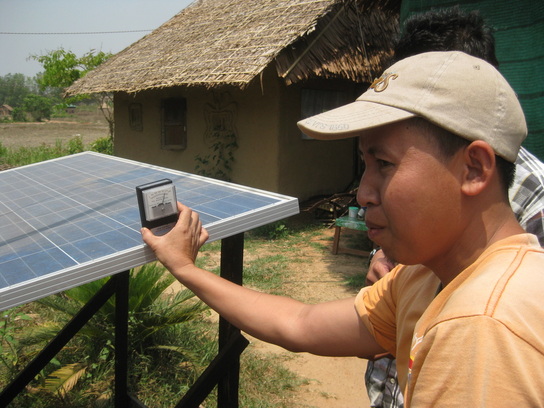
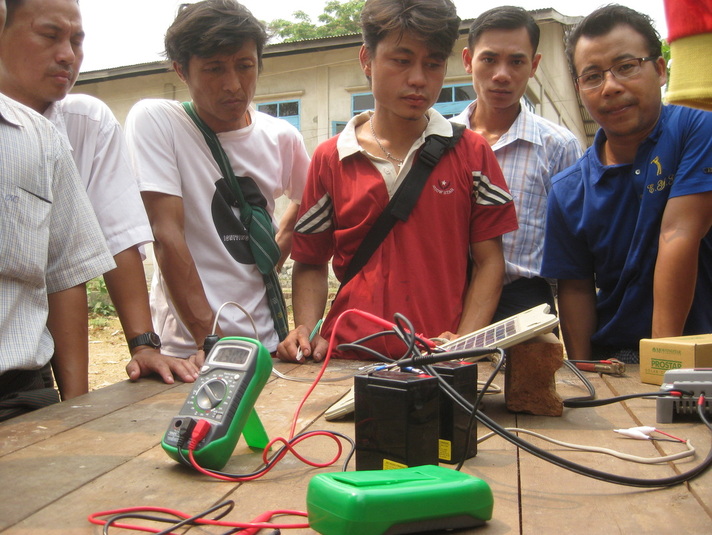
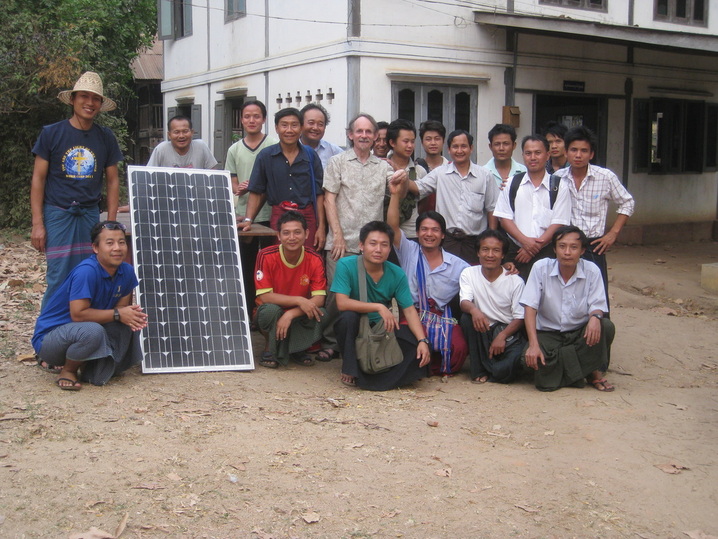
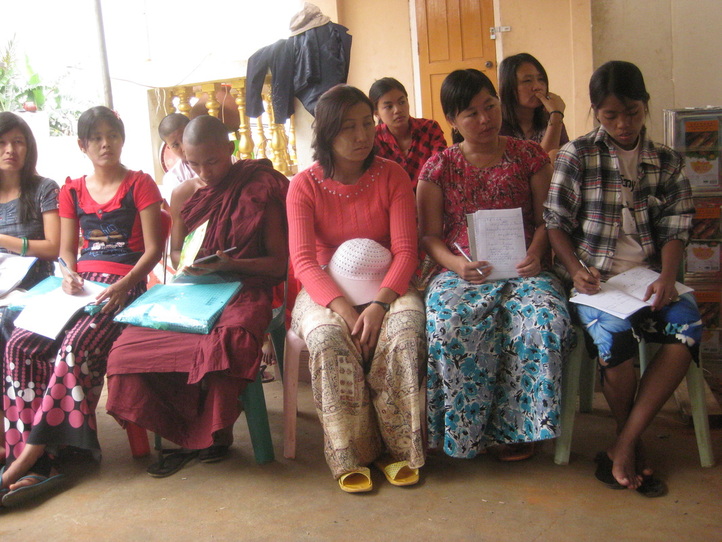
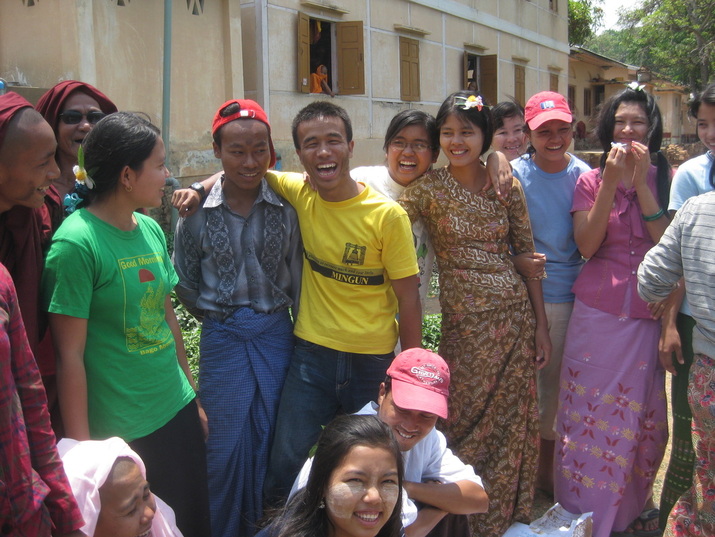
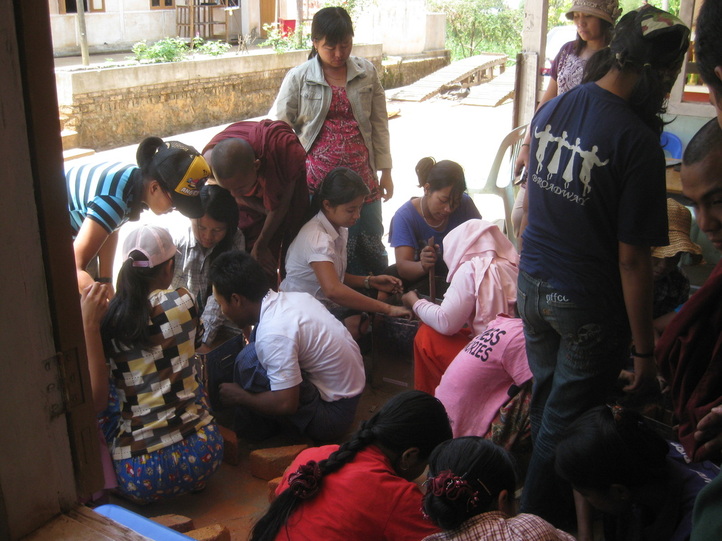
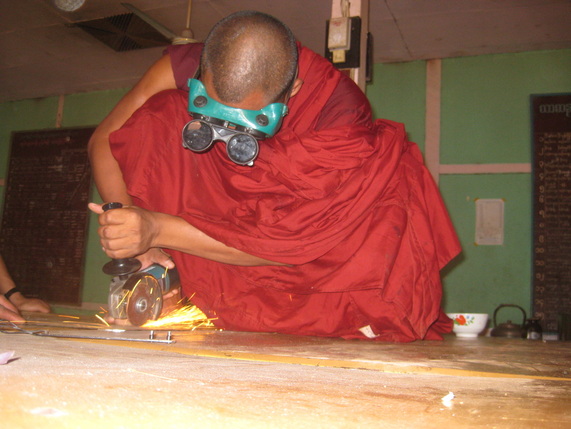
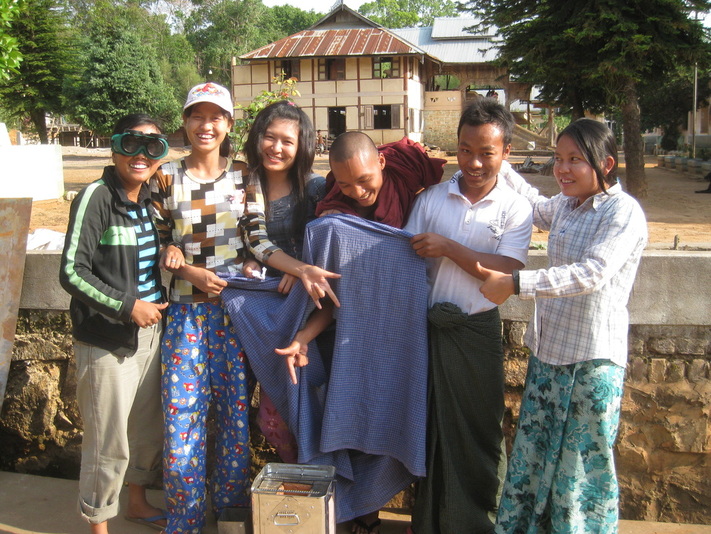
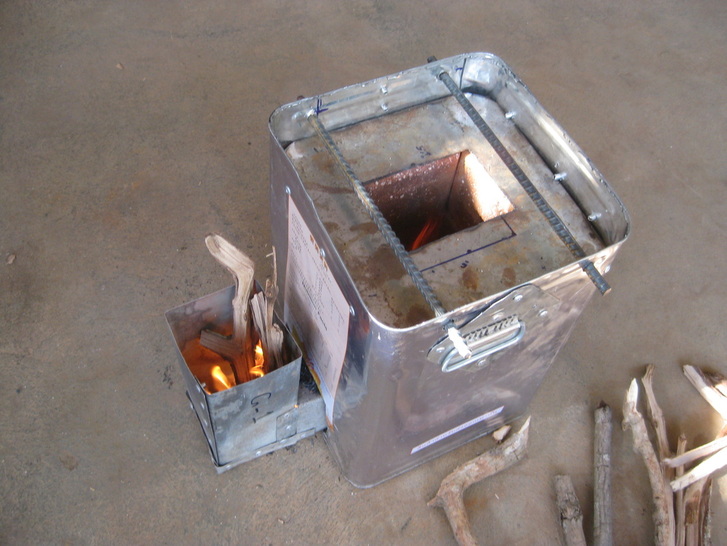
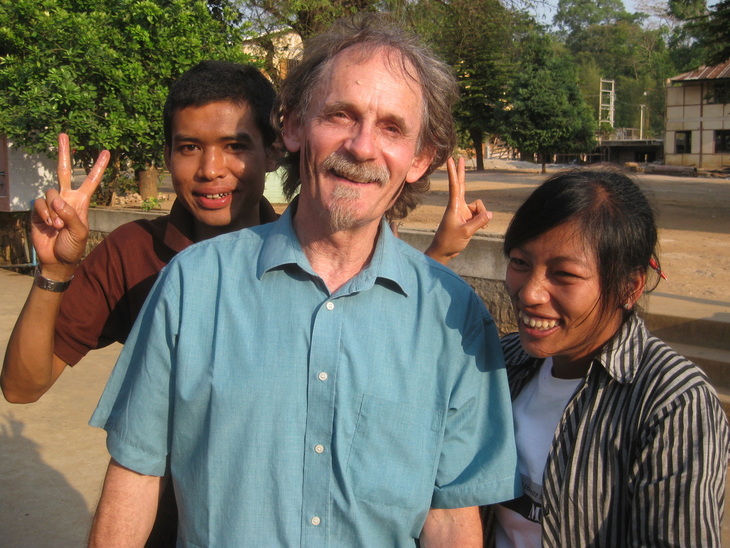
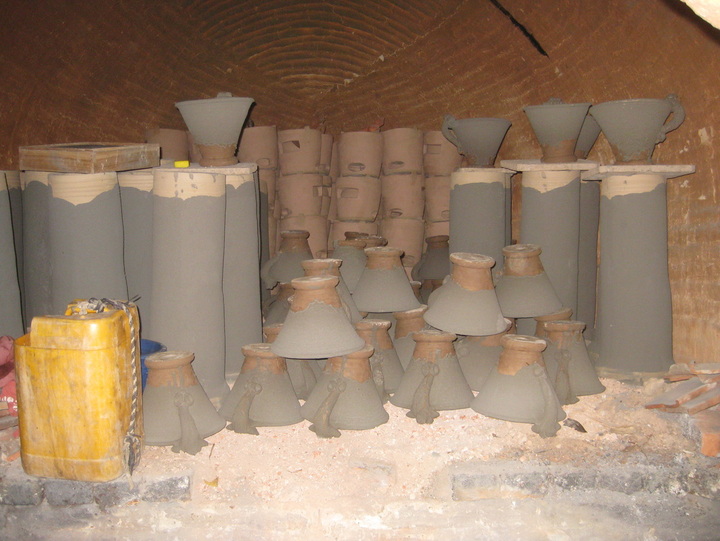
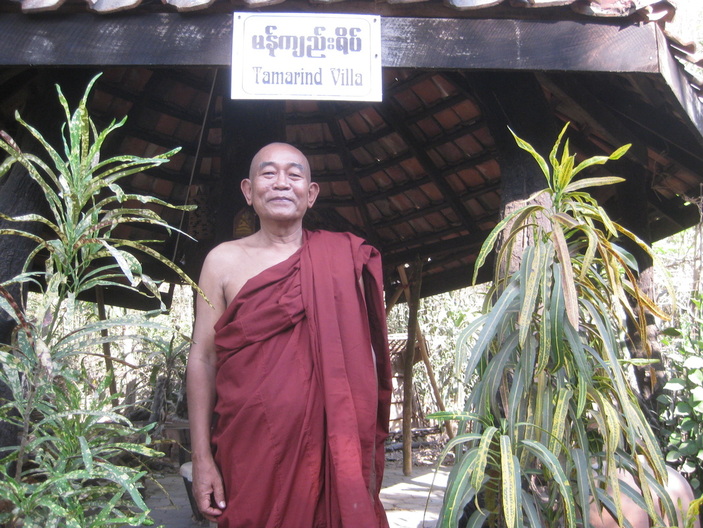
 RSS Feed
RSS Feed